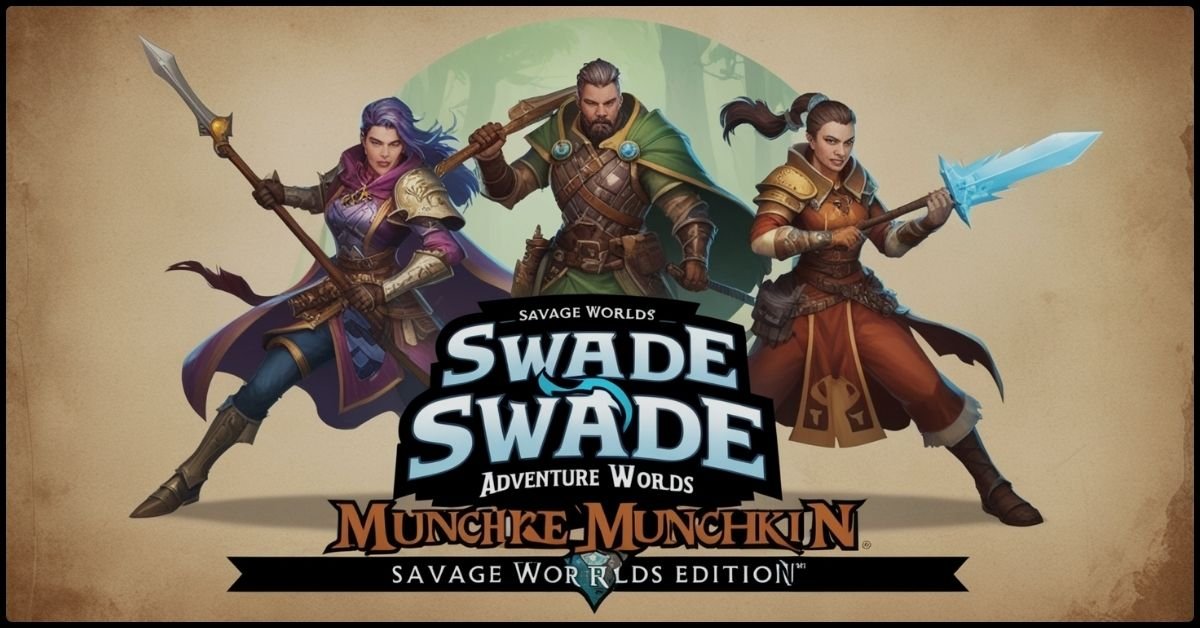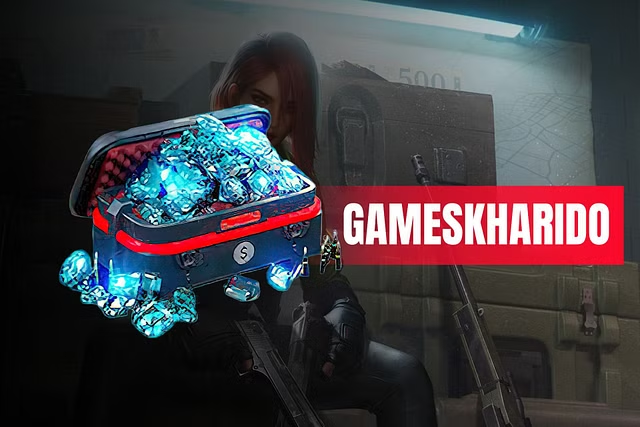Introduction to Ways to Break Savage Worlds Munchkin
In tabletop role-playing games like Savage Worlds, one of the biggest challenges for Game Masters (GMs) is dealing with munchkin players. Munchkins prioritize power gaming, bending or breaking the rules to gain an unfair advantage at the expense of storytelling and balance. Whether you’re running a high-adventure campaign or a gritty pulp adventure, munchkin players can derail even the most well-planned sessions by exploiting loopholes and maxing out their characters in ways that disrupt the game.
This article will explore ways to break Savage Worlds for munchkin players, helping GMs keep the game fair, fun, and balanced. From character creation hacks to combat tactics, we’ll cover several strategies that keep munchkins in check without dampening the fun for everyone else.
What is a Munchkin Player?
Understanding the Munchkin Mindset
A munchkin player seeks ways to exploit the game’s mechanics, min-max their characters, and turn the game into a competition rather than a cooperative storytelling experience. These players often prioritize power over role-playing and stretch the rules to create overpowered characters, ruining the experience for other players.
In Savage Worlds, which prides itself on being a fast, fun, and furious system, munchkin players can take advantage of its flexible rules and diverse edges, hindering the enjoyment of others by making the game less of a team-based narrative and more of a personal power trip.
Ways to Break Savage Worlds for Munchkin Players
Tighten Character Creation Rules
Savage Worlds offers much flexibility during character creation, but this is also where munchkins can exploit the system to create overpowered builds. One way to break the game for munchkins is by enforcing strict character creation rules. Set limits on how many edges, hindrances, or power combinations a player can take that could break the game balance.
- Use Templates or Archetypes: Encourage players to use pre-made character templates or archetypes that fit the campaign’s tone and balance.
- Monitor Edges and Hindrances: Keep an eye on players who stack edges like “Combat Reflexes,” “Quick,” or “Improved Dodge” to make an untouchable character. You can limit or modify how these edges work within your game.
- Cap Attributes and Skills: At character creation, set reasonable limits on attributes and skills to prevent over-maxing, which can lead to game imbalance.
Custom Encounters to Challenge Power-Gamers
One of the easiest ways to break a munchkin’s dominance is by creating custom encounters that target their character’s weaknesses. Many power-gaming builds focus on combat proficiency, so throw encounters at them that require skills or social abilities they haven’t prioritized.
For example, if the munchkin character has maxed out combat skills but ignored persuasion or stealth, introduce situations where brute force isn’t an option. Social challenges, stealth missions, or puzzles can derail a power gamer’s usual approach and force them to rely on teamwork.
- Trap-Rich Environments: Force them to use problem-solving skills rather than combat prowess by creating environments filled with traps that can’t be avoided by sheer strength.
- Social Encounters: Introduce social NPCs who refuse to engage in combat but will provide valuable information or resources if approached with the right dialogue skills.
Limit Loot and Resources
Munchkin players often thrive on accumulating gear and exploiting magic items or special equipment that enhance their characters’ powers. You can break their strategy and level the playing field by limiting the availability of loot, magic items, or powerful weapons.
Consider these methods to control loot in your game:
- Scarcity of Magic Items: Make powerful magic items rare, and when they do appear, give them drawbacks or side effects that force the player to think twice before using them.
- Equipment Limits: Cap the number of magical or advanced equipment a character can carry or use simultaneously, preventing the player from stacking multiple items to become invincible.
Introduce Dynamic NPCs
Another way to keep munchkins in check is to introduce dynamic NPCs that can outsmart or counter them. These NPCs can be allies or rivals with the intelligence, resources, or strategy needed to put munchkin characters on the defensive.
- Rival Characters: A well-equipped and equally crafty rival character can challenge the munchkin’s dominance by exploiting their weaknesses in-game. For instance, if your munchkin player relies on brute strength, create a rival NPC with excellent magic or stealth abilities.
- Allies that Outshine Them: Sometimes, adding NPC allies who are as skilled or more skilled than the munchkin character can balance the power dynamic and remind the player that the game is about teamwork, not individual heroics.
Enforce Story-Driven Consequences
One of the key ways to deal with a munchkin player is to ensure that every action has a story-driven consequence. In Savage Worlds, the characters’ decisions should impact the world around them, whether positive or negative.
For instance, if a munchkin player is constantly solving problems through violence or over-the-top displays of power, introduce consequences like local law enforcement getting involved or an organization that takes a personal interest in stopping the character’s reckless behavior.
Enforcing in-game consequences for munchkin-style actions encourages more thoughtful decision-making and reduces the appeal of power gaming.
How to Handle Munchkin Players as a GM
Communication is Key
Before the game even begins, communicate with your players about the style of play you’re running. If you focus on storytelling, teamwork, and character development, tell them that power gaming isn’t the priority. Setting clear expectations can curb munchkin behavior early on.
Set House Rules
Sometimes, munchkin players aren’t breaking any official rules, but they may unintentionally exploit game mechanics. Establishing house rules for your Savage Worlds campaign can help you balance the game.
Examples of house rules include:
- Limiting Edge Combinations: Restrict combinations of edges that munchkins may use to create overpowered builds.
- Combat Balance Adjustments: If one player dominates in combat, adjust encounter difficulty or mechanics to re-establish balance without taking away fun.
FAQs about Ways to Break Savage Worlds Munchkin
What is a munchkin player?
A munchkin player exploits game mechanics to maximize their character’s power, often at the expense of role-playing, teamwork, and story.
How can I stop munchkin players from ruining Savage Worlds?
To stop munchkin players, set clear character creation limits, introduce encounters that target their weaknesses, limit loot, and enforce story-driven consequences for reckless actions.
What are some ways to break an overpowered character?
Breaking an overpowered character can be done by introducing encounters that force them to use neglected skills, limiting access to powerful equipment, and creating dynamic NPCs to challenge them unexpectedly.
Should I ban Munchkin players from my game?
Before banning munchkin players, you must communicate with them about the type of game you want to run. Setting boundaries and enforcing house rules may resolve the issue without removing the player.
What kind of challenges works well against power gamers?
Challenges that involve social interactions, traps, puzzles, or stealth work well against power gamers who rely solely on combat. Tailor encounters that force them to think outside their usual strategies.
How can I ensure all players are having fun in a game with a munchkin?
To ensure all players have fun, create balanced encounters that offer challenges and spotlight different character strengths. Use role-playing moments to emphasize teamwork and ensure that everyone gets a chance to contribute.
Conclusion
Dealing with Ways to Break Savage Worlds Munchkin can be tricky but manageable for GMs. By enforcing stricter character creation guidelines, designing encounters that challenge power-gaming strategies, and incorporating consequences for in-game actions, you can keep the game balanced and fun for everyone involved. Remember, the key to handling munchkins is balancing challenging them and ensuring enjoyment for all players, leading to a richer and more rewarding role-playing experience.










